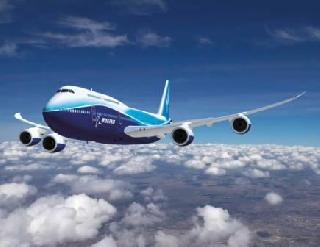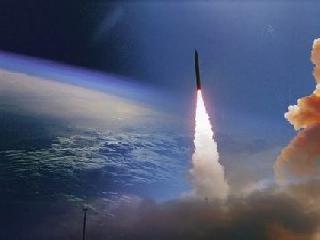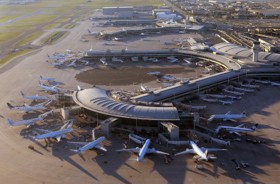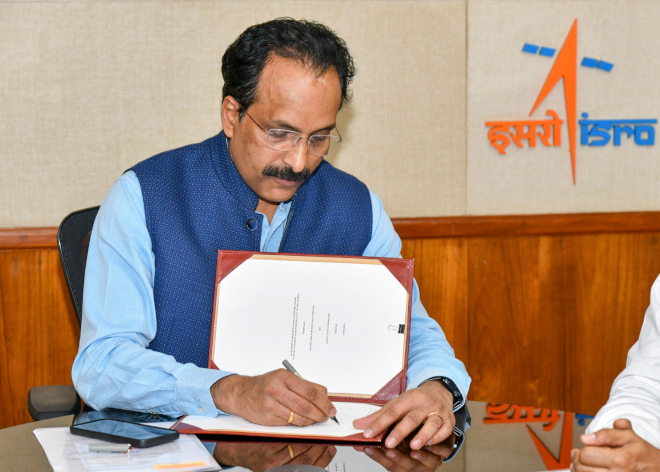
DUBAI (PTI): Airlines in the Middle East will require an estimated 2,340 airplanes worth USD 390 billion by 2029, with demand being driven by the rapid growth of air travel in the region, the Current Market Outlook from Boeing has said.
The company also estimates that Middle Eastern air travel will grow by an average of 7.1 per cent per year over the next 20 years, outpacing the region's projected economic growth rate of 4 per cent over the same period.
"Middle East airlines have consistently led the rest of the world in traffic growth over the past two years and there is every indication that this trend will continue into the foreseeable future," Boeing Commercial Airplanes VP (Marketing) Randy Tinseth said, while releasing the Outlook.
Customers in the region count for a large share of Boeing's twin-aisle backlog, accounting for 31 per cent of 777s and 15 per cent of 787s on order. Boeing currently has a total of 47 customers in the region that operate an estimated 1,200 flights per day on 423 airplanes.
According to forecast, twin-aisle aircraft will account for 50 per cent of the region’s new airplane deliveries over the 20-year period - as compared to 25 per cent globally.
Specifically, 43 per cent of the airplanes expected to be delivered to airlines in the region over the next 20 years will be twin-aisle jets such as the Boeing 777 and 787.
Large airplanes such as the Boeing 747 will account for 7 per cent of the forecast demand. Single-aisle jets such as the Boeing 737 will account for 47 per cent of the deliveries and regional jets will account for the remaining 3 per cent.
"While we expect the global fleet size to double by 2029, Middle Eastern airlines are projected to expand their fleets by more than 150 per cent during the same period.
This is a sure indicator that airlines in the region are planning for growth, while also modernising their fleets to improve operating efficiencies," Tinseth said.
Significantly, the growth in the region's airline fleets is also expected to increase demand for trained pilots with a projected requirement for 32,700 personnel over the next 20 years. Boeing also forecasts demand for 44,500 technicians in the region during this time.
"Their well-coordinated growth and investment plans are already delivering results and Gulf airlines currently have an estimated wide-body order backlog of almost 140,000 seats, which is significantly higher than most other regions in the world," he said.
Airlines around the world will need 30,900 new airplanes through 2029, valued at USD 3.6 trillion. 44 per cent of these aircraft will replace older, less-efficient airplanes, while 56 per cent will account for new aircraft needed to meet air traffic growth.
The world fleet is projected to double from 18,890 to 36,300 airplanes total airplanes during this span.
To meet the growing demand for new airplanes, Boeing recently announced an increase in production for its 777 and 737 airplane families. The company is also focused on delivering on new development programs including the 787 Dreamliner and 747-8 Freighter and Intercontinental this year.
As of April, 2011, Boeing had a backlog of 3,445 airplanes, 345 of which have been ordered by customers in the Middle East.
 Previous Article
Previous Article Next Article
Next Article













The Indian Air Force, in its flight trials evaluation report submitted before the Defence Ministry l..
view articleAn insight into the Medium Multi-Role Combat Aircraft competition...
view articleSky enthusiasts can now spot the International Space Station (ISS) commanded by Indian-American astr..
view article